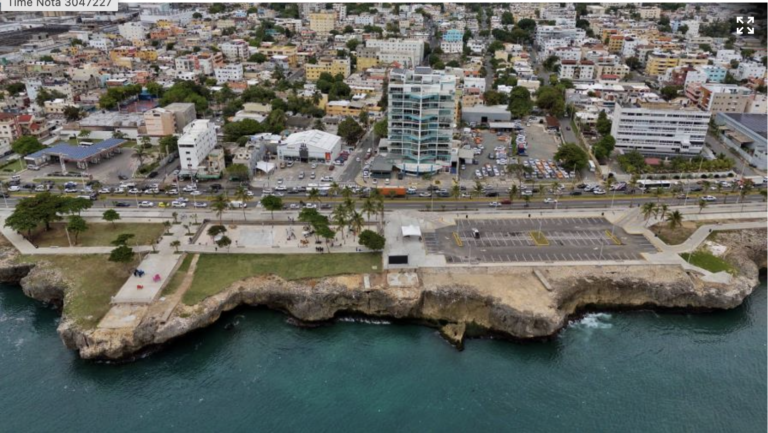The free zones have played a leading role in the process of economic recovery, as seen by the most recent impact study carried out by Analytica and presented by the Dominican Association of Free Zones (ADOZONA), together with the Ministry of Industry, Trade and MSMEs (MICM), during the celebration of the National Day of Free Zones. Taking into account the entire value chain, the report estimated that, to date, the total impact of the free zone sector on direct and indirect jobs amounts to 403,318.
According to the study, if the sector maintains the trend registered during the first half of this year, total exports of goods and services from free zones are expected to exceed US$10 billion, with net foreign exchange generation close to US$1.7 billion and GDP growth of 9.3%. In addition to these unprecedented economic figures, it is also important to note that, considering the entire value chain, the returns to the economy from the free zone sector would at the end of 2022 would be 15 times what the State invests in it.
The impact study revealed that, during 2021, exports of goods from free zones reached US$7,180 million, with a growth of 15% compared to 2019 and 22% compared to 2020. This growth in exports from free zones has contributed to macroeconomic stability in the last decade and mainly during the pandemic.
“The performance of the sector during 2021 shows why our free zones are zones of opportunities for all Dominicans and the prospects for the end of 2022 allow us to say that we will continue to break records,” said Ito Bisonó, Minister of Industry, Commerce and MSMEs.
With respect to the United States, an important destination for Nearshoring’s strategy, the Dominican Republic leads the exports of cigarettes, suture ligatures, photosensitive paper, among other products, accounting for between 68% and 37% of that market. The experience and presence of companies in these areas in the country, foretells a very favorable outlook in the short term.
In the last decade, the free zone sector has diversified by incorporating industrial and service activities. Today this sector boasts textile products, tobacco products, with a world leadership, as well as chemical products, jewelry, medical products, electrical appliances, business support services (BPO), Contact Center services, port services, among others.
At the end of 2021, 79 parks were registered in the country nationwide, mostly (85%) managed by the private or public-private sector. These parks operate 734 companies with a total investment of US$5,903 million, of which 79% is of international origin, led by North American companies. International capital amounts to US$4,642 million, 12% of the total accumulated foreign investment in the country.
Quality and technical jobs
The free zones are to be found in 28 of the 32 provinces, contributing greatly to formal employment and the well-being of Dominican households. In 2021, the sector closed with 183,000 jobs, which compared to 1.4 million formal employees, account for 13 out of every 100 formal jobs for the Dominican economy.
In some provinces, free zones account for almost 1 in 4 formal private jobs. These employees directly impact 119,000 households, where 439,000 Dominicans live, and their income accounts for 64% of the total income of those households, including remittances, government transfers, among others.
Source:
Listín Diario




